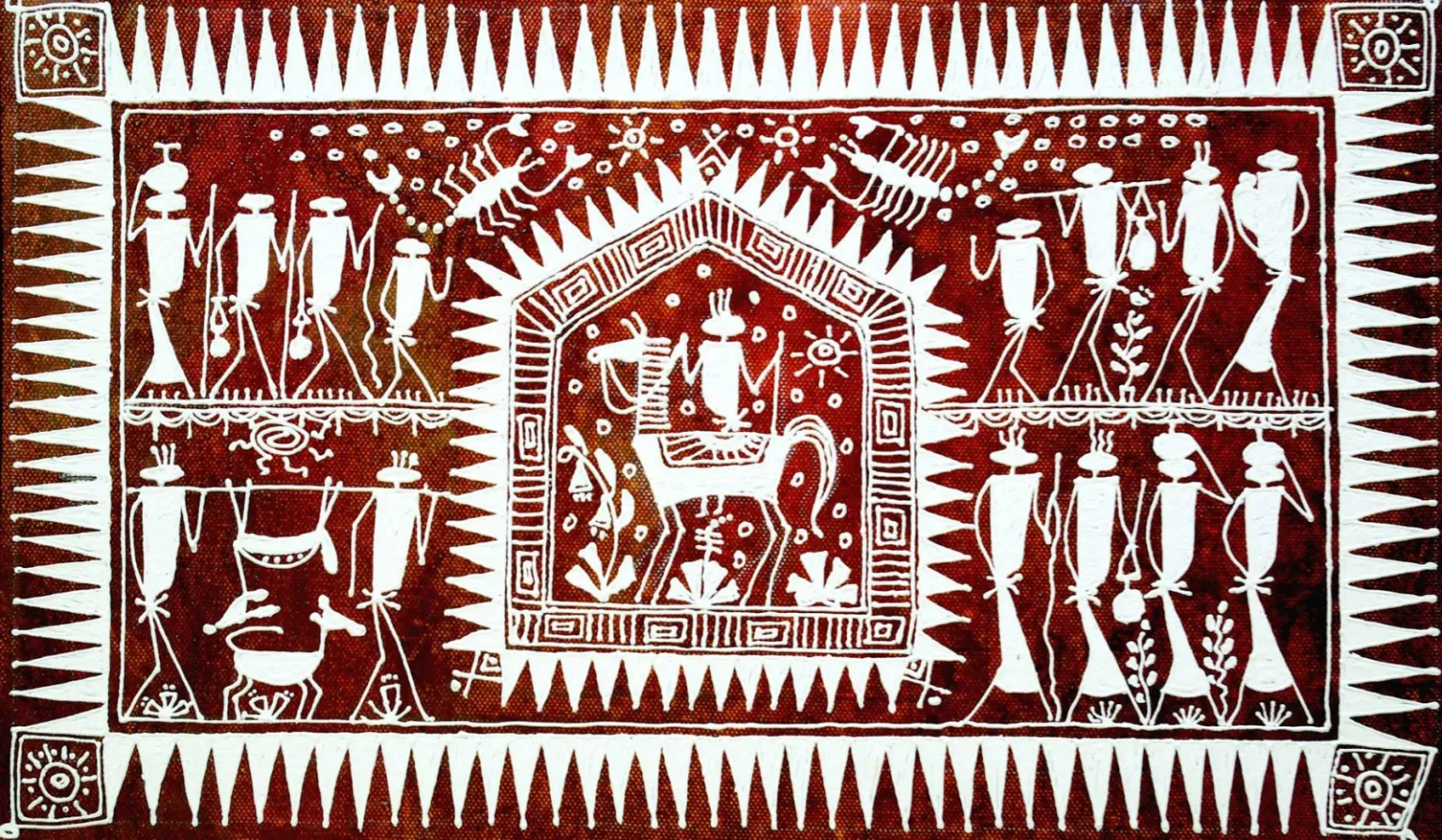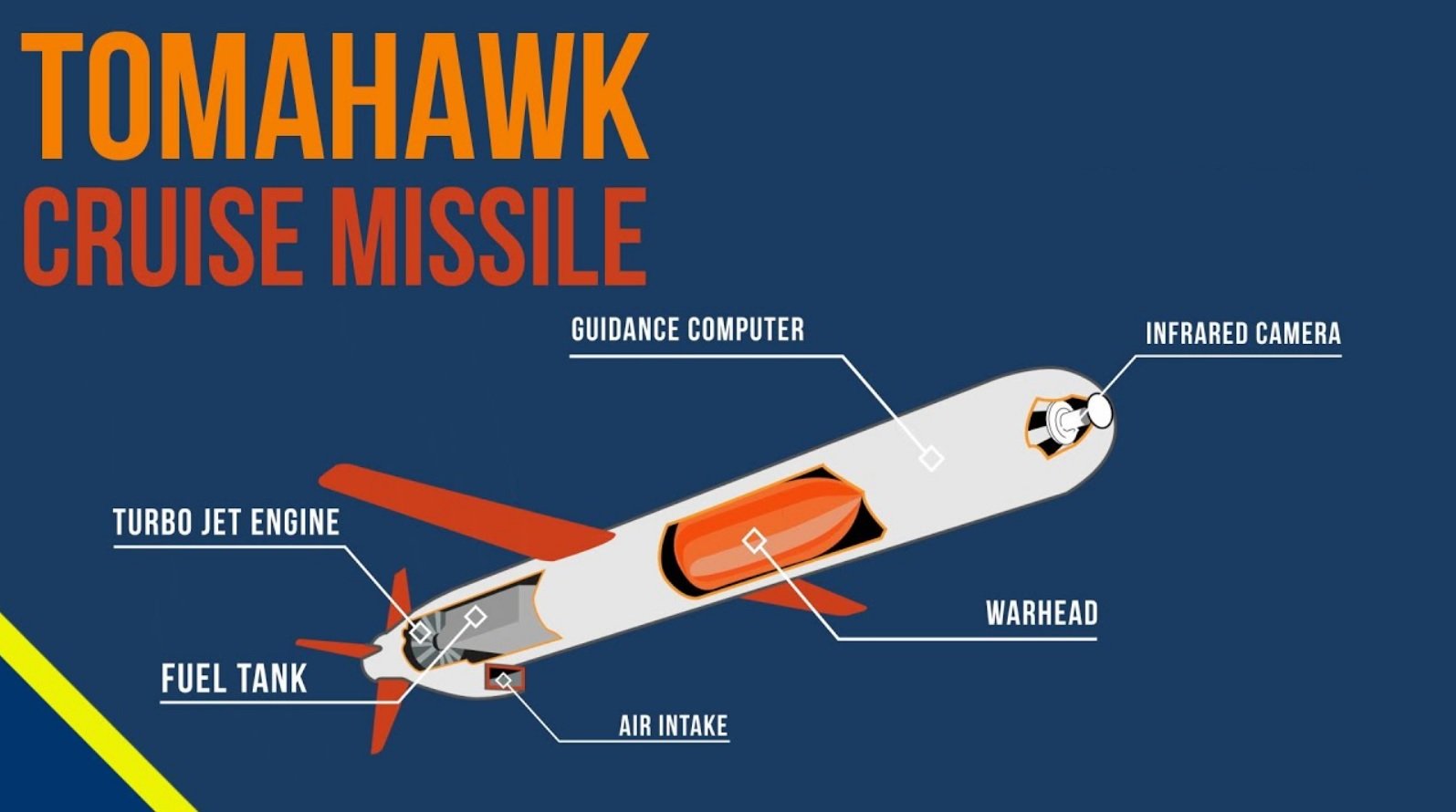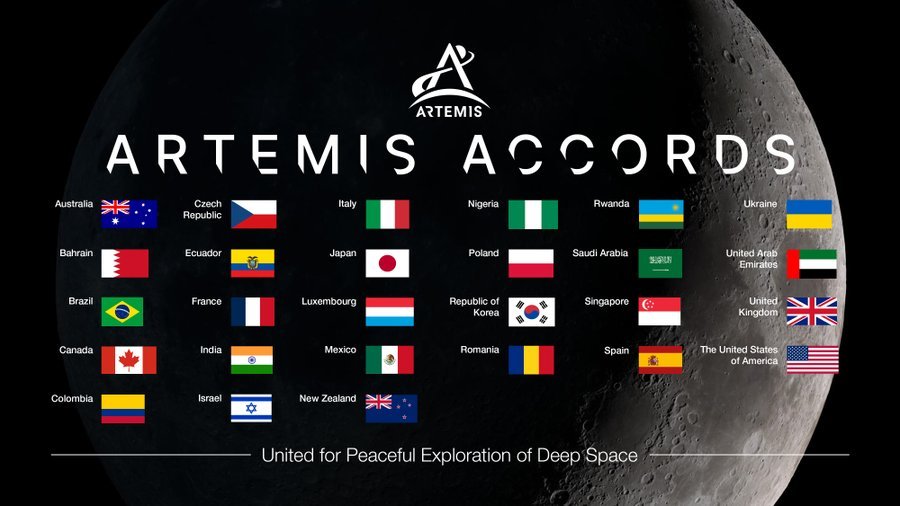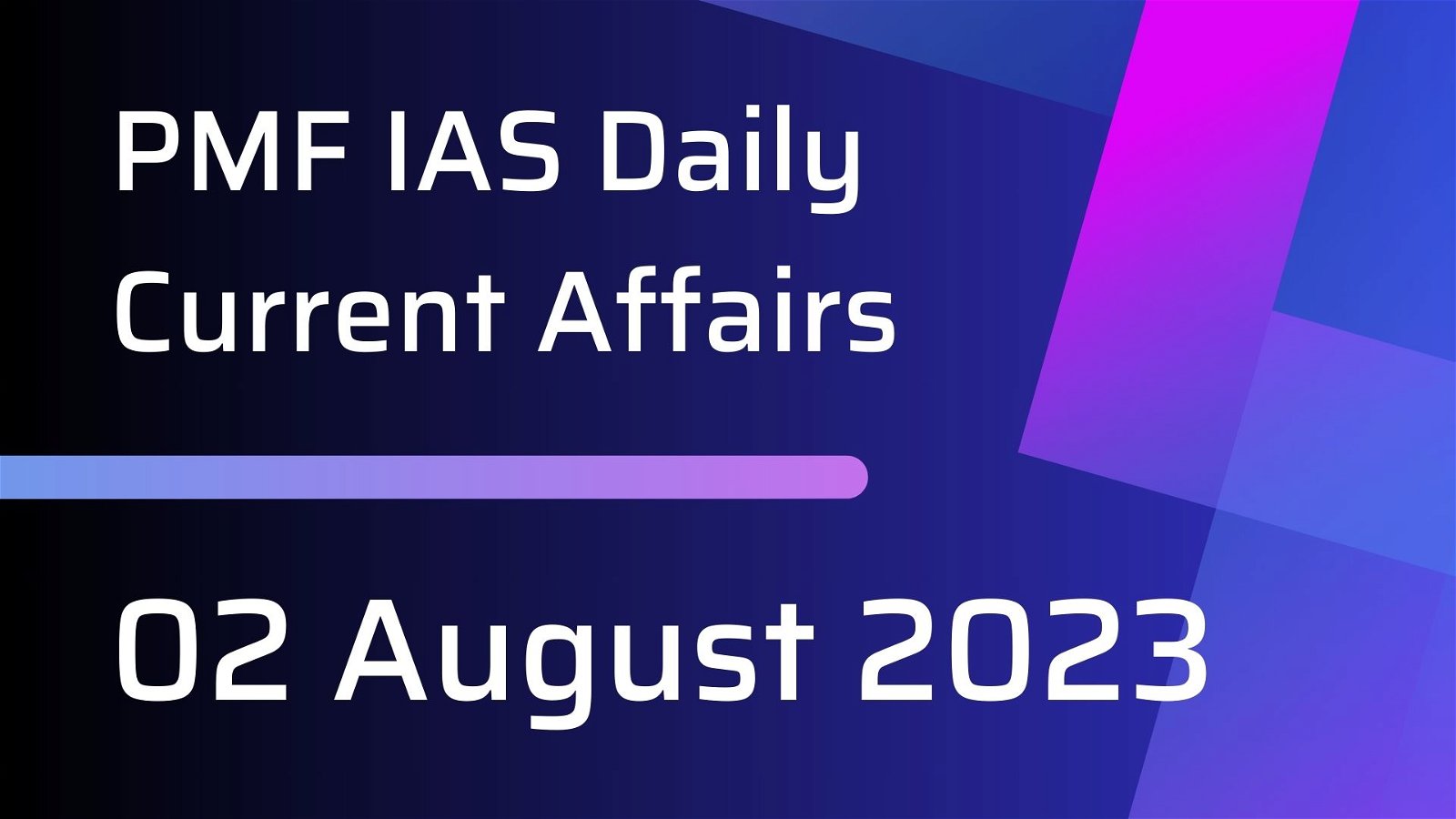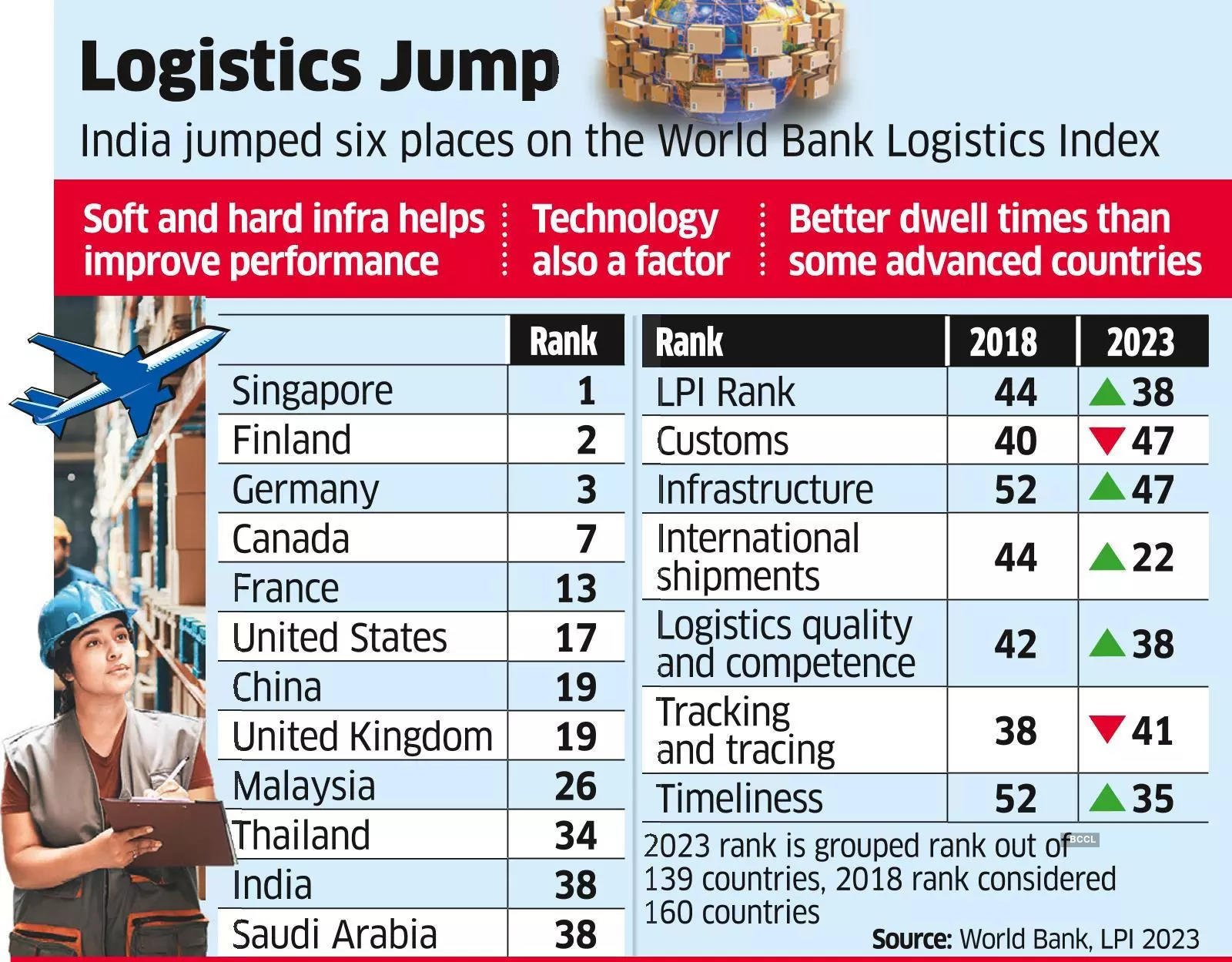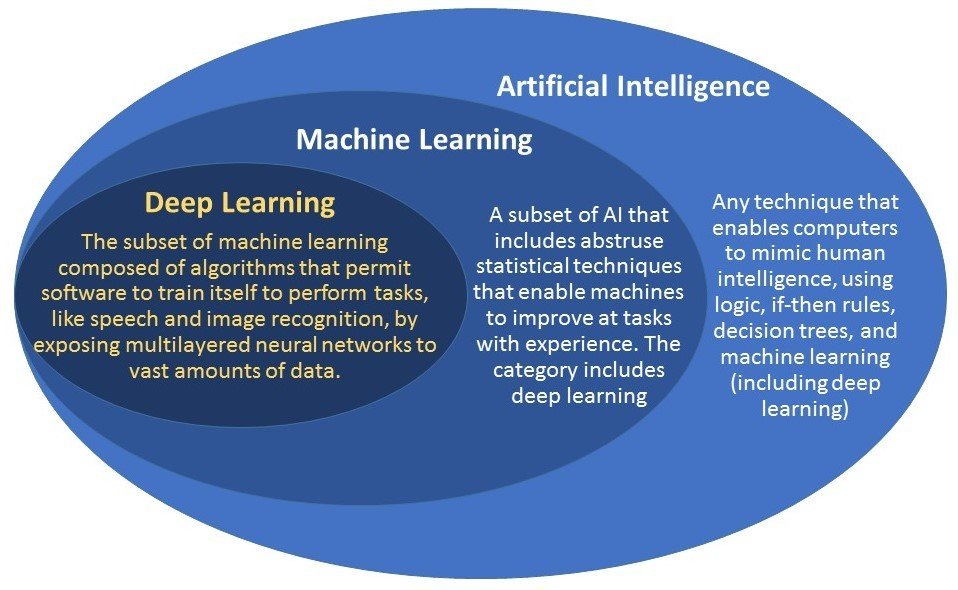
Current Affairs January 08, 2024: Urban Commission, Voice Cloning, ISIS attacks on Iran, Child Labour, Seventeen Products received GI Tag
Subscribers of "Current Affairs" course can Download Daily Current Affairs in PDF/DOC
Subscribe to Never Miss an Important Update! Assured Discounts on New Products!
Must Join PMF IAS Telegram Channel & PMF IAS History Telegram Channel
{GS1 – Geo – IG – Lakshadweep} Lakshadweep: A Melting Pot
- Context (IE): Recently, the Prime Minister visited Lakshadweep and hailed it as a potential tourist jewel.
Location and Geography
- In Malayalam and Sanskrit, the name Lakshadweep translates to “a hundred thousand islands”.
- It is an island of coral origin (atoll) surrounded by fringing reefs in the Arabian Sea.
|
- The Amindivi Islands, Laccadive Islands and Minicoy Islands are called Lakshadweep.
- Capital: Kavaratti; High court: Kerala high court
- Amindivi Islands are the northernmost, while the Minicoy Islands are the southernmost.
- The largest and the most advanced islands are the Minicoy Islands.
- Most islands have low elevations (< 5 meters) and are highly vulnerable to sea level change.
- Their topography is flat, and relief features such as hills, streams, valleys, etc., are absent.

History of Lakshadweep
- The last Chera ruler in Kerala, Cheraman Perumal, is associated with the discovery of Lakshadweep.
- As per the myths, after conversion to Islam, he went to Hajj but never returned.
- Then, the Raja of Kolattunad (north Malabar) is known to have sent a search party to look for him.
- Having been caught in a severe storm, this search party was stuck in one of the Lakshadweep islands.
- Though the story of Cheraman Perumal is harrowing to validate, the first settlers on the Lakshadweep islands were Malabari sailors, possibly castaways.
- Later waves of immigrants included Malabari Hindus, including Nambudiri Brahmins, Nairs, Tiyyars and probably Mukkuvans.
- The existing caste structure and prevailing Marumakkathayam matrilineal inheritance system resulted from these later immigrations.
- From the 16th century, the islands came under the control of the Arakkal kingdom of Kannur, the only Muslim dynasty to have ruled in Kerala and a matrilineal one.
- Even after the Arrakal kingdom was surrendered to Britishers in Malabar, Lakshadweep was under the Arakkal princely family till 1908.
- Before becoming India’s smallest Union Territory in the reorganisation of 1956, Lakshadweep was part of the Malabar district (Kerala).
Social organisation
- Though inhabited by most Muslim residents, Islam practised in the Lakshadweep is unique.
- Lakshadweep has an Islamic matrilineal society influenced by Hindu traditions and caste structure.
- Apart from the caste system, a pre-Islamic Hindu society in the islands can be deduced from using the ancient Malayalam script, Vattelutu, in the islands.
- Discovery of several buried idols, probably Hindu origins, and several traditional island songs praising Ram and alluding to snake worship are also available.
- Jazari and Mahl are two other main languages, with Malayalam being the official language.
{GS2 – IR – Middle East} ISIS attacks on Iran
- Context (TH): The Islamic State terror group claimed responsibility for Kerman (Iran) bomb attacks.

ISIS – Iran and Shia- Sunni Conflict
- The Sunni outfit ISIS sees Iran, a Shia theocracy, as an ideological rival and battlefield enemy.
- ISIS refers to the Shias as Rafidha (a derogatory term for Shias used by Sunni extremists).
- For the IS, Shias are not real Muslims — they are apostates who follow shirk (idolatry).
- In the IS-controlled territories of Iraq and Syria till 2018, Shias faced systemic persecution and violence.
- IS also continued to attack Afghanistan’s Hazara Shia minority.
- Iran-backed militias targeted ISIS in parts of Syria and predominantly in Iraq.
- Earlier, ISIS carried out a coordinated attack on Iran’s Parliament and the mausoleum of Ayatollah Khomeini.
- Iran also sees ISIS as an immediate security threat.
- Iran dispatched Islamic Revolutionary Guard Corps (IRGC) units, being the first country to aid Iraq against ISIS attacks.
- Iran’s state organs refer to ISIS as a “terrorist organisation” or Taqfiris (excommunicators of fellow Muslims).
- Major General Qassem Soleimani played a significant role in anti-IS operations.
Islamic State: Background
- It is also known as the Islamic State of Iraq and the Levant (ISIL), the Islamic State of Iraq and Syria (ISIS) and by its Arabic acronym Daesh.
- It is a transnational Salafi (Sunni) jihadist group.
- It was founded by Abu Omar al-Baghdadi in 2004 and fought alongside Al-Qaeda during the Iraqi insurgency.
- ISIL aims to return to the early days of Islam, rejecting all innovations in the religion, which it believes corrupts its original spirit.
- ISIS is the self-acclaimed leader of jihadists, disregarding other groups, including Hamas.
- Aided by the Syrian civil war, it occupied large territories in Iraq and Syria in 2015.
- By 2019, it lost all its Middle Eastern territories and returned to insurgency tactics.
ISIS activities in India
- In early 2020, ISIS circulated an India-centric propaganda material called Voice of Hind.
- Intelligence agencies observed incidents of online recruitment through various channels.
- Incidences of radicalisation of Kashmiri youth by ISIS and sporadic protests were also observed.
- ISIS released an online poster justifying “retaliatory action” in the Wilayat e Hind, or the “Indian Province” of its supposed Caliphate.
{GS2 – Vulnerable Sections – Children} Child Labour
- Context (TH | IE): ‘National Policy on Child Labour: An Assessment’ Report states that India has a long way to go in eliminating child labour.
Definition of Child in India: Discrepancies in the Various Laws
- According to the Child and Adolescent Labour (Prohibition and Regulation) Act, 1986, ‘child’ means a person who has not completed his fourteenth year of age.
- The 2016 Amendment completely prohibits the employment of children below 14 years.
- It also prohibits the employment of adolescents in the age group of 14 to 18 years in hazardous occupations and processes and regulates their working conditions where they are not prohibited.
- Under the Right of Children to Free and Compulsory Education Act, 2009, ‘Child’ means a male or female aged six to fourteen years.
- As per the Minimum Wages Act, 1948 vide its amendment in 1986 a ‘child’ is defined as a person who has not completed his fourteenth year of age.
- The Juvenile Justice (Care and Protection of Children) Act, 2015 defines ‘child’ as a person who has not completed eighteen years of age. The term ‘adolescent’ is not defined in the JJ Act, 2015.
What is Child Labour?
- ILO defines Child labour as ‘The work that deprives children of their childhood, their potential, and their dignity and, that is harmful to their physical and mental development’.
- Worst forms of Child Labour: Slavery, trafficking of children, debt bondage, children in armed conflict, sexual exploitation, prostitution, pornography, use in drug trafficking and organised beggary.
- Key sectors employing child labour in India: Brick kilns, carpet weaving, garment making, domestic service, unorganised sectors (e.g. tea stalls), agriculture, fisheries and mining.
|
Child Labour: Status in India
- According to ILO estimates, there are about 10.1 million working children between the age of 5 to 14 in India, of which 5.6 million are boys and 4.5 million are girls.

- Incidence of child labour in India has decreased by 2.6 million between 2001 and 2011.

Constitutional Provisions For Child Upliftment
- Article 21 A (Right to Education): The State shall provide free and compulsory education to all children of the age of 6 to 14 years.
- Article 23: Prohibition of traffic in human beings and forced labour.
- Article 24: Prohibition of employment of children in factories, mines, etc.
- Article 39 (DPSP – Article 36-51): The State shall direct its policy towards securing that the health and strength of workers and the tender age of children are not abused and that citizens are not forced by economic necessity to enter avocations unsuited to their age or strength.
- Article 45: Early childhood care and education to children below the age of six years.
Child Labour Laws in India
- Factories Act, 1948: It prohibits the employment of children below the age of 14 years in factories.
- The Mines Act, 1952: It prohibits the employment of children below the age of 18 years in mines.
- Right To Education Act, 2009: It provides free, compulsory education to all children aged 6 to 14.
- Child Labour (Prohibition and Regulation) Amendment Act, 2016: It prohibits:
- the employment of children below 14 years and
- the employment of adolescents (14-18 years) in hazardous occupations.
Causes of Child Labour
- Poverty: Poor parents, devoid of any social protection net, consider child labour as a means to supplement their family income, forcing children to work for meagre wages and working beyond their physical and mental capacity.
- Faulty education sector: Lack of adequate facilities, infrastructure & teachers in schools and mounting cost of quality education leads to unaffordability for poor families leading to increasing dropouts, further forcing children, especially girls, to engage in work.
- Rising informalization of the workforce exploits the cheap labour offered by children, insulated from labour regulations. E.g. in the agriculture sector, beedi-rolling, carpet industry, mining sector, etc.
- Administrative failure: Outdated data on child labour, ineffective implementation of law, weak institutions, apathetic/untrained enforcement officers etc.
- Loopholes in the act that allow children to work under certain conditions e.g. in the entertainment industry, family enterprises, etc.
Impact of Child Labour
- Perpetuate the intergenerational cycle of poverty by preventing children from gaining the skills required for decent work, leading to reduced human capital accumulation and loss to the economy.
- Violation of Child’s FRs: It deprives them of education, exposes them to hazardous working conditions, and denies them the right to enjoy their childhood.
- Social injustice: Often children from disadvantaged backgrounds and marginalized groups work as child labourers.
- Forces gender inequality: Child labour disproportionately affects girls, who are often involved in domestic work and forced into early marriages.
- Negative impacts on child health: E.g. In the mining industry, children are exposed to toxic substances and dangerous machinery, which can cause serious health problems.
- Ethical concerns: Emotional neglect deprives children of family love and affection, resulting in loneliness, and hopelessness.
Way Forward
- Removing all definitional ambiguity of who constitutes a child.
- Establish a National Level Child Tracking Mechanism to facilitate coordination among the states/Centre to facilitate prevention, tracing, rescue, rehabilitation and reintegration of rescued children.
- Assigning the task of reporting children selling goods or begging at traffic lights to the traffic police.
- Fixing the accountability of traffickers, in addition to the employer, in case of deployment of child labour.
- Creating a district-level fund on the lines of the provisions contained in the Central Sector Plan for the rehabilitation of bonded labourers for immediate relief and rehabilitation of child labourers.
- Other reforms: Increase in the amount of fine, stricter punishment in the form of cancellation of licence, attachment of property, etc. to be incorporated.
GoI Initiatives for Protection of Child Labour
National Child Labour Project (NCLP) Scheme
- It is a Central Sector Scheme under the Ministry of Labour and Employment (MoL&E).
- In 2016, it was merged with the Samagara Shiksha Abhiyan (SSA) Scheme (MoE).
Objectives
- To eliminate all forms of child labour.
- To identify and withdraw all adolescent workers from Hazardous Occupations.
- To create awareness amongst stakeholders, target communities, etc., on child labour issues.
- To create a monitoring, tracking and reporting system against Child Labour.
Target Groups
- All child workers below 14 years of age in the identified target area.
- Adolescent workers below 18 years of age and engaged in hazardous work.
- Families of Child workers in the recognised target area.
Mandate
- Children aged 5-8 years must be mainstreamed into the formal educational system through the Samagra Shiksha Abhiyaan.
- Children aged 9-14 years must be withdrawn from work and put into NCLP Special Training Centers (STCs) to prepare them for the formal education system.
- Adolescent workers below the age of 18 years in the target area engaged in hazardous occupations are withdrawn from work and provided skills through existing schemes for skill development.
Project Implementation
- District Project Societies (DPS) are set up at the district level under the Chairmanship of the District Magistrate for the implementation of the project.
Funding pattern
- GoI provides 100% of the funding.
- Funds are released directly to the registered NCLP District Project Society.
PENCIL (Platform for Effective Enforcement for No Child Labour) Portal
- It is an electronic platform launched in 2017 for the effective implementation of the NCLP scheme and to establish a child labour-free nation.
- It connects the central government to the state government, district administration, civil society and the general public to achieve the target of a child labour-free society.
- It provides a platform for all to raise a complaint against child labour.
National Commission for Protection of Child Rights
- It is a statutory body established under the Commission for Protection of Child Rights Act, 2005.
- It is responsible for the protection and promotion of the rights of children, including monitoring the implementation of child-specific laws, such as:
- Right to Education (RTE), 2009
- Protection of Children from Sexual Offences (POCSO), 2012
- Juvenile Justice Act, 2015
Functions
- Examine and review existing safeguards for the protection of child rights and recommend measures for their effective implementation.
- Investigate violations of child rights and recommend legal proceedings in appropriate cases.
Other Initiatives
- Ratification of the United Nations Convention on the Rights of the Child.
- Ratification of ILO Convention 182 (Worst Forms of Child Labour Convention).
{GS3 – IE – Urbanization} Urban Commission
- Context (TH): Establishment of an Urban Commission in the State of Kerala after four decades.
- The commission’s 12-month mandate is to address the challenges of urbanization in Kerala.
- NITI Aayog has estimated Kerala’s urban population to be around 90%.

About First National Commission on Urbanisation
- In 1986, the GOI appointed the First National Commission on Urbanization (chaired by C.M. Correa).
- It was given the task of making a study of the various facets of urbanisation, especially
- Concerning urban planning and development,
- Structure of Urban Local Government Institutions (ULGI)
- Organisation of ULGI
- Powers, functions, and the status of the existing ULGI
Recommendations of the commission
- It recommended promoting 329 new growth centres and emphasised strengthening the existing larger metropolises with the following measures:
- Creating employment
- Opening up hinterlands
- Generating wealth with equity
- Be engines of growth
- Be the catalysts of social transformation and modernisation of the economy and society.
Classification of cities
- It classified the cities based on economic momentum into:
- National priority cities,
- State priority cities,
- Spatial priority urbanisation regions and
- Small towns, which serve the rural hinterland.
- It also recommended providing opportunities to grow small and intermediate-level towns to reduce the migration rush in the metropolitan centres.
Urban Planning in India
- Post-independent India has witnessed two stark periods of development in the urban spectrum.
1) The Nehruvian period
- It lasted almost three decades and became more apparent in the late 1980s.
- During this period, around 150 new towns were built with a holistic city approach.
- It was characterised by a centralised planning mechanism emphasising master development plans.
Evaluation
- This process failed as the state acted as a primary instrument of capital accumulation.
- It pushed millions of people from rural to urban spaces, with manufacturing as the driving force.
- However, manufacturing did not remain pivotal as new areas opened up.
- The informal sector took centre stage, and the urban plans failed.
2) Post 1990s
- The 74th Constitutional Amendment Act (introduced Part IX A (the Municipalities) and provided constitutional status to the Urban Local Bodies (ULBs)) was one of the positive outcomes.
- Since then, there has been a shift in policy paradigm for more private initiative and investment in urban development.
- Master plans were handed over to large parastatals (State-owned organisations). Big consultancy firms were hired to draw urban plans.
- This gave way to the concept of social housing, public health, education, and real estate.
Evaluation
- Cities were made competitive and termed as ‘engines of growth’.
- Instead of a whole city approach, a project-oriented approach was the guiding principle (mission mode of development). E.g., Jawaharlal Nehru National Urban Renewal & Smart Cities Mission.
Necessity of a National Urban Commission
- India’s Urban population is projected to grow to around 40% by 2030.
- As per the 2011 Census, the urban population in India was about 31.2% of the total population.
- More than half the world’s population lives in cities (56%).
- Urbanisation is Central to India’s Economy: It contributes nearly 60% to India’s GDP.
- Urbanisation has impacted climate change and created spatial and temporal changes, such as
- Massive land use,
- Building typologies,
- Duality, informality (construction of houses that don’t meet building codes, infringing zoning regulations in a legally owned property, or using property for unauthorised activities.)
- Crisis of pollution, housing, water and sanitation challenges and
- Unequal city spaces (Slums and squatter settlements)
- Piecemeal approaches are not making any breakthroughs, and a holistic approach is required.
- Mission mode approaches, such as the Swachh Bharat Mission or Atal Mission for Rejuvenation and Urban Transformation (AMRUT), have failed to achieve their desired results.
- An urban commission is required at the national and State levels to understand some of the interesting objective patterns of urbanisation.
- Migration
- Settlement patterns
- Information technology is an enabler and a disabler.
Issues related to Urban Financing
- Lack of Adequate Funding for Infrastructure and Housing Projects
- Lack of Long-Term Funding Options: The lack of a clear and stable policy framework for urban development makes it difficult for investors to predict investment returns.
- Over Centralisation in the financial architecture: Grants to the cities are linked to their performance in collecting property taxes, and the grant increase is proportional to the State’s GST.
- Lack of Coordination between the central and state governments. This has resulted in a lack of cohesive urban planning, inadequate infrastructure, and proper housing and transportation.
- Lack of Participation from Private Sector Investors: Lack of clear and consistent government policies and regulations regarding land acquisition and development.
Changes Required in the Governance Architecture
- Eighteen subjects under the 12th Schedule should be transferred to the Urban local bodies (ULBs).
- There should be managers, instead of elected officials, running ULBs.
Urbanisation in India
- India’s population stood at 1210 million in 2011, with an urbanisation level of 31.1% (2011 Census).
- The distribution of urban centres and the pace of urbanisation is not uniform across the country.
- Over 75% of the urban population of the country is in 10 States: Maharashtra, Uttar Pradesh, Tamil Nadu, West Bengal, Andhra Pradesh, Gujarat, Karnataka, Madhya Pradesh, Rajasthan, and Kerala.
State-wise Scenario
- Above National Average: Goa, Tamil Nadu, Kerala, Maharashtra, and Gujarat have attained over 40% urbanisation.
- Below National Average: Bihar, Odisha, Assam, and Uttar Pradesh continue to be at a lower level of urbanisation than the national average of 31.1%.
- UTs: NCT of Delhi, Daman and Diu, Chandigarh, and Lakshadweep show above 75% urbanisation.
How is Urbanization in India different and unique?
- Rapid Rate of Urbanization: India is projected to become the world’s most populous country by 2023; as a result, its cities are growing at an unprecedented pace.
- Informal Settlements: Most of India’s urban population lives in informal settlements or slums. These settlements are often marginalised and excluded from formal systems.
- Coexistence of ancient and modern cities: Cities like Varanasi, Jaipur, and Haridwar have rich cultural heritage, which coexist with the fast-paced modern cities like Mumbai, Bangalore, and Gurgaon.
- Urbanization due to the tertiary sector: Indian cities have primarily developed due to growth in the tertiary sector, such as communication, transport, services, and construction, rather than the secondary industry.
- Geographical difference: Southern India is more urbanised than Northern and Eastern India due to the presence of historical, socio-cultural, and educational resources.
Schemes/Programmes Related to Urban Development
- Smart Cities Mission: Launched in 2015, this mission aims to promote the development of 100 smart cities in India, focusing on sustainable and inclusive urban development.
- Climate Smart Cities Assessment Framework 2.0: Smart Cities Mission has launched the ‘Climate Smart Cities Assessment Framework’ to sensitise cities to take swift climate-oriented actions.
- TULIP – The Urban Learning Internship Program: The program aims to provide internship opportunities to 25,000 fresh graduates nationwide in all urban local bodies (ULBs) and smart cities. The internship opportunities will be provided for ‘Smart City’ projects.
- Heritage City Development and Augmentation Yojana (HRIDAY): This program aims to conserve and revitalise the cultural heritage and tourism potential of 12 identified cities in India.
- Swachh Bharat Abhiyan: This campaign aims to improve sanitation and cleanliness in urban areas, including the construction of toilets and solid waste management.
- Pradhan Mantri Awas Yojana (PMAY): This program aims to provide affordable housing to urban residents, particularly for low-income groups and economically weaker sections.
- Atal Mission for Rejuvenation and Urban Transformation (AMRUT): This program aims to improve essential services and infrastructure in urban areas, including water supply and sewerage systems.
{GS3 – IS – Cyber Security} Voice Cloning
- Context (TH): Voice cloning through Artificial Intelligence (AI) has evolved from a mere curiosity to a concerning technology.
- Initially used for generating AI-driven songs, AI voice cloning has taken a dark turn with scams, disinformation, and cyber threats.
- India has become a major target for AI voice clone scams, with a high prevalence of reported incidents. It has increased the challenges of cybercrimes in India.
How Voice Clones are Created?
- Scammers upload voice clips of individuals to online AI programs like Murf, Resemble, and Speechify for accurate voice replication.
- The popularity of AI voice cloning tools, including free trials, contributes to their widespread misuse.
Concerns
- AI voice cloning-related scams, such as fake kidnappings and cyberattacks, have surged, leading to real threats and financial losses.
- Incidents of disinformation involving celebrity hate speech have been reported, reflecting the misuse of AI voice cloning tools.
- A report titled ‘The Artificial Imposter‘ highlighted that 47% of surveyed Indians have either been victims or knew someone affected by AI-generated voice scams. This rate is double the global average.
- Politicians, including former Prime Minister Imran Khan, have used AI-generated speeches for virtual rallies, raising concerns about political manipulation.
- Rapid development of generative AI, as seen in release of OpenVoice, poses challenges for regulators.
Regulatory Response
- The U.S. Federal Trade Commission (FTC) initiated a Voice Cloning Challenge to detect and monitor cloned devices.
- The FTC is also considering the adoption of the proposed Impersonation Rule to deter deceptive voice cloning.
{GS3 – S&T – IPR – GI} Seventeen Products received GI Tag
- Context (IE): Seventeen products from various states have bagged the Geographical Indication tag.
- Geographical Indication (GI) is a name or sign used on certain products corresponding to a specific geographical location or origin. It is a type of Intellectual Property Right (IPR).
- It is protected by the WTO’s Agreement on Trade-Related Aspects of IPRS (TRIPS) and the Geneva Act of the Lisbon Agreement on Appellations of Origin and Geographical Indications.
- Countries have their own frameworks for registering and protecting GI tags.
GI Tag in India
- India, as a World Trade Organization (WTO) member, enacted the Geographical Indications of Goods (Registration and Protection) Act,1999.
- It is a part of the IPR under the Paris Convention for the Protection of Industrial Property.
- Darjeeling tea became the first GI-tagged product in India in 2004–2005.
Registration
- The Geographical Indication Registry (Chennai) issues these tags under the Department of Industry Promotion and Internal Trade, Ministry of Commerce and Industry.
- GIs can be registered for various products, including agricultural products, food products, handicrafts, and manufactured goods.
- GI Tag is valid for ten years and can be renewed.
Products that bagged GI tag
Products from Odisha
| Products | Specifications | |
| Kapdaganda shawl
|
|
|
| Lanjia Saura Painting
|
|
|
| Similipal Kai chutney
|
|
|
| Nayagarh Kanteimundi Brinjal
|
|
|
| Khajuri Guda
|
|
|
| Dhenkanal Magji
|
|
|
| Koraput Kala Jeera Rice
|
|
Products from Gujarat
| Products | Specifications |
| Kachchhi Kharek
|
|
Products from Jammu and Kashmir
| Products | Specifications |
| Ramban Anardana
|
|
Products from Arunachal Pradesh
| Products | Specifications | |
| Adi Kekir
|
|
|
| Handmade carpets
|
|
|
| Wancho Wooden crafts
|
|
Products from West Bengal
| Products | Specifications |
| Tangail Saree
|
|
| Garad Saree
|
|
| Korial saree
|
|
| Kalonunia Rice
|
|
| Sundarbans Honey |
|





![PMF IAS Environment for UPSC 2022-23 [paperback] PMF IAS [Nov 30, 2021]…](https://pmfias.b-cdn.net/wp-content/uploads/2024/04/pmfiasenvironmentforupsc2022-23paperbackpmfiasnov302021.jpg)



